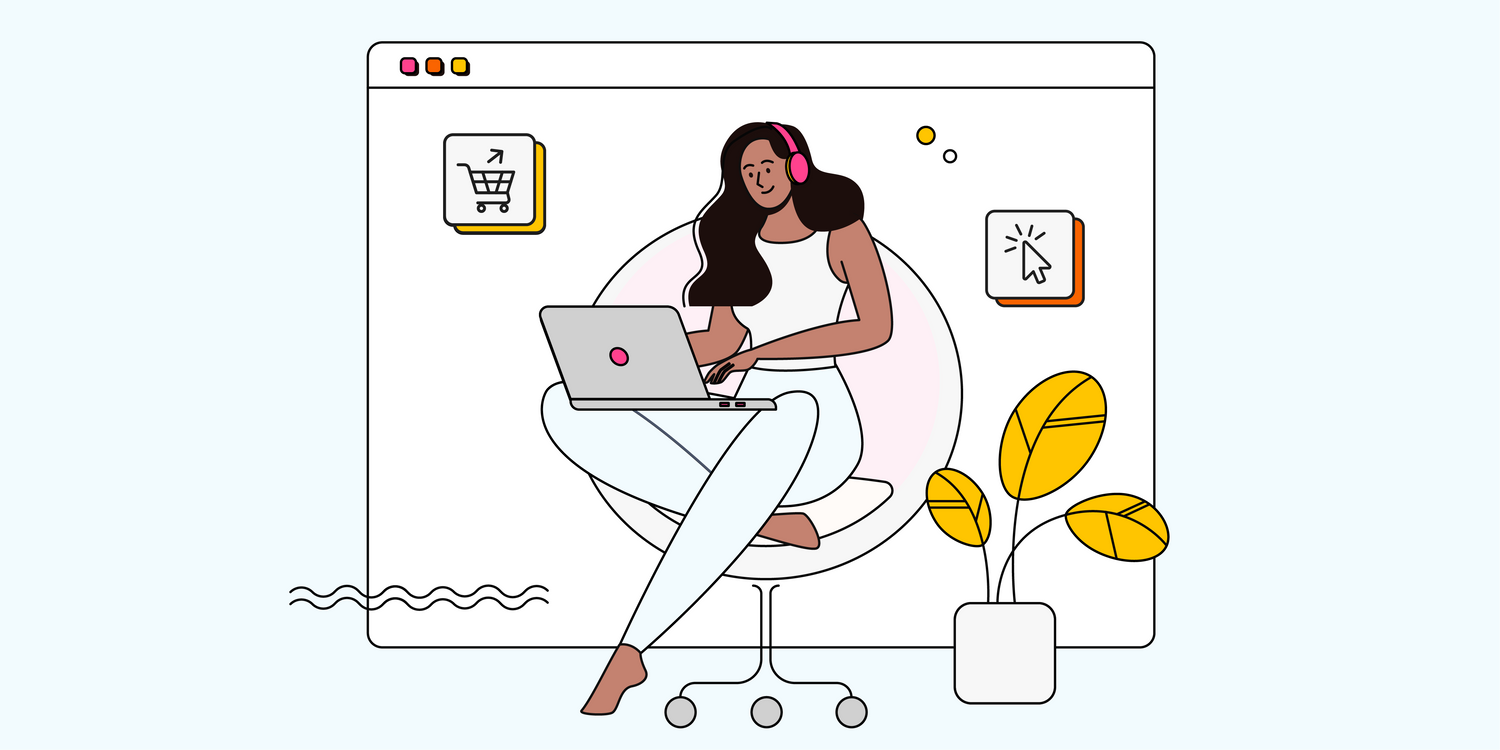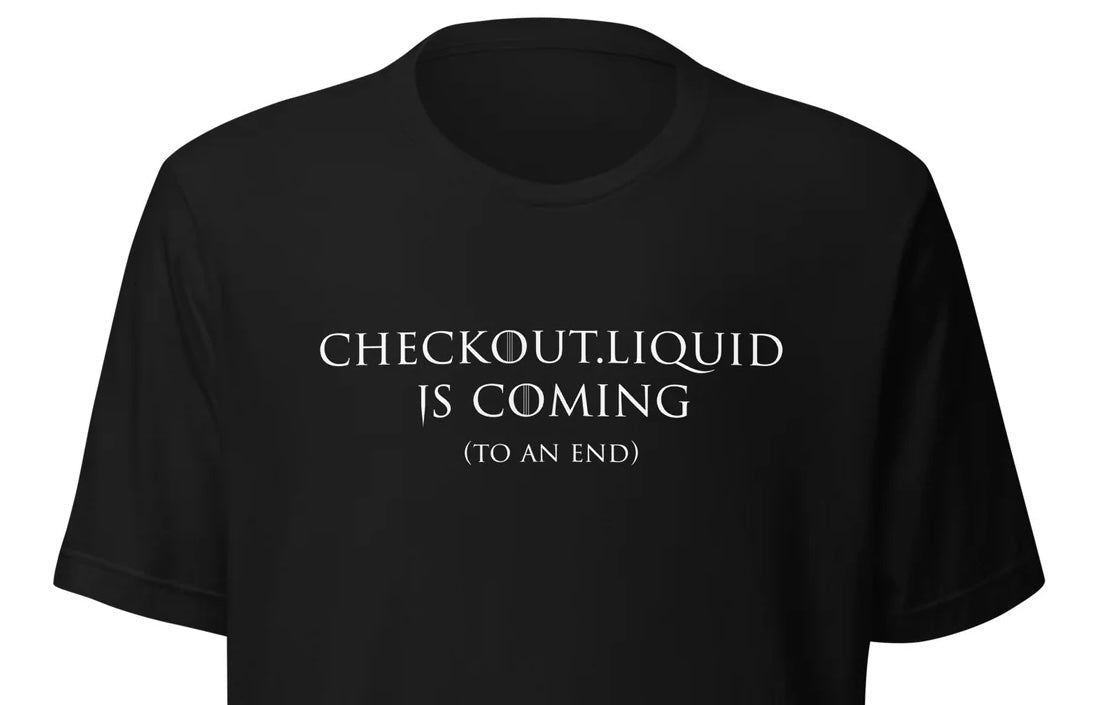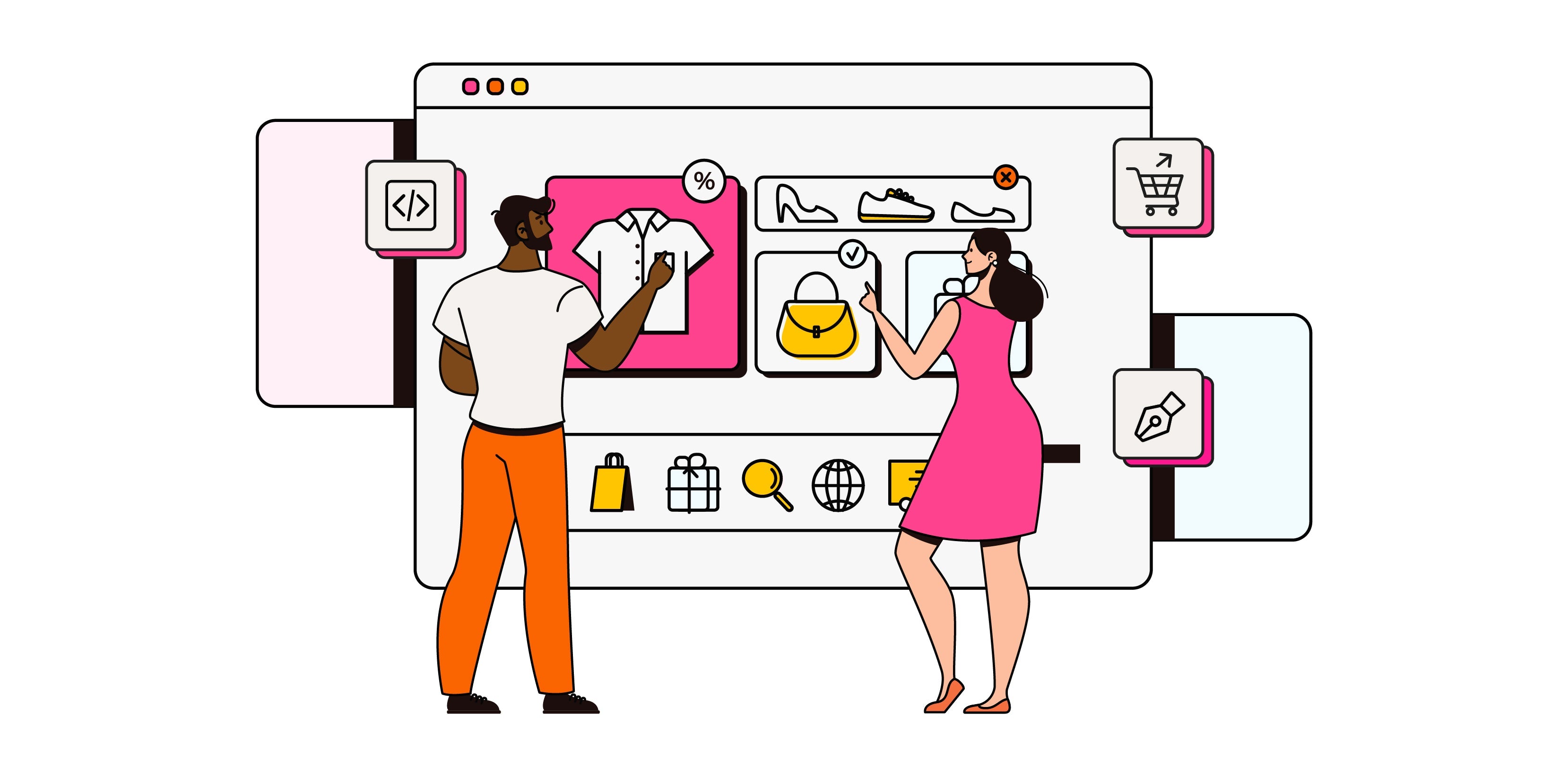Let’s talk about something super important for your online store: User Experience (UX). You’ve probably heard the term thrown around a lot, but what does it actually mean? In simple terms, UX is all about how easy and pleasant it is for people to use your website to accomplish their goals. And guess what? If you’re running a Shopify store, nailing your Shopify UX Design can make a massive difference in your sales and customer satisfaction.
Why UX Design Matters in eCommerce
Boosts Conversions
An optimized UX can skyrocket your conversion rates. When your site is easy to navigate and shoppers can find what they want without hassle, they’re way more likely to hit that “Add to Cart” button. For instance, after we revamped the UX design for Limitless Walls, their conversions saw a noticeable increase. Pretty impressive, right?
Makes Customers Happy
Happy customers are repeat customers. It’s that simple. If people enjoy shopping on your site, they’ll come back for more. VYBES is a great example. By redesigning their PDPs and navigation, we made it easier for shoppers to explore flavors, discover new favorites, and mix and match their orders. The site is so simple to use, which lead to more than doubling the conversion rate.
Builds Trust and Credibility
First impressions matter. A clean, professional, and user-friendly website builds trust. Ashleigh Bergman's luxury jewelry brand Milestones sells made-to-order products that cost hundreds to thousands of dollars. Her customers won't stick around if they don't get the white glove treatment, and they don't want to have to reach out to check on the status of their order. We added features to the site including an estimated made to order timeframe for each product to make shoppers feel more confident when they would receive their order.
Avoid Making UX Mistakes
Good UX design can bring in more revenue, but it can also help you avoid losing money. We've seen so many websites that are beautiful, tell a great brand story, and were expensive to build—but they don't convert. That's money lost in the initial build, in paid traffic that doesn't convert, and in redesigning the site. Starting with eCommerce UX fundamentals means getting it right from square one: a site that's both beautiful and conversion rate optimized.
UX Best Practices for Shopify
Easy Navigation
Keep it simple! Your site’s navigation should be a no-brainer. We like to use the metaphor of those big green signs on the highway: just like when driving, your users view your navigation for split seconds. List your product categories in the main navigation - no one "Shop" link. Ensure your categories are clearly delineated. Revisit your navigation as your product line grows. Better Brand nailed this with a straightforward and organized navigation structure that skips the category page, keeping visitors engaged—and getting them shopping quickly.
Speed Matters
Nobody likes waiting. Slow-loading pages can frustrate users and lead to higher bounce rates, and load times can be especially slow on mobile devices using data connections. Ensure your site loads quickly by optimizing images and videos (here are our guidelines), using efficient coding practices, and leveraging content delivery networks (CDNs). Tools like Google PageSpeed Insights can help you figure out where to speed things up.
Clear Calls to Action (CTAs)
Your CTAs should be like shining beacons guiding your customers. Use clear, action-oriented language and place them where they’re easy to see. Make it very clear where a user will be taken by clicking: “Shop Best Sellers," for example. And consider a unique, stand-out color for your Add to Cart and Checkout buttons, which should always be easy to find.
Awesome Product Pages
Your product pages are where the magic happens. High-quality images are a must, with at least 3-5 angles of each product. If your product is feature-driven, text over the image can help ensure your visitors get to know those features (just make sure it's easy to read on small mobile screens!). Provide detailed descriptions, bulleted to keep information skimmable and easy to take in. It's tempting to use hyperbolic marketing language here, but avoid going too far: describe your product, its features, and be sure to include things like measurements and specs. Crossrope does this really well with engaging visuals and tons of useful product info, making it easy for customers to decide to buy.
Real-Life Success Stories
Limitless Walls
Before : Complicated customization process.
After : We simplified the design, leading to a noticeable increase in conversions. We also created a program to digitally manipulate any image, creating mockups of their canvas products and showing them in various room photos, so that visitors can choose the right size canvas for their needs.

Crossrope
Before : Lackluster visuals and confusing product selection.
After : We enhanced the UX with engaging visuals, boosting repeat purchases.

Vybes
Before : Cluttered and outdated design.
After : We created a modern, clean design, which significantly improved user engagement. Now, on their product pages, a user can easily swap between different flavors, instead of needing to navigate to each individually. Users can also quickly add a product to cart from any device on collection pages, making re-ordering easy and frictionless for their strong audience of return customers.

Tools and Resources
To keep improving your UX Design, check out these tools to give you insights into how users are interacting with your site so you can keep making it better:
- Heatmapping tools like HotJar, Clarity (free!), Crazy Egg
- Google Analytics and Shopify’s built-in analytics
Wondering what's the best approach for an improvement on your site? These websites publish UX research done across thousands of ecommerce websites:
There are also all sorts of tools that can help you conduct user research on your site, to identify friction points your shoppers may run into and understand your audience better. We recommend:
Conclusion
There you have it! Optimizing the UX Design for your Shopify store is a game-changer. It can boost your conversions, keep your customers coming back, and build a strong, trustworthy brand. By focusing on easy navigation, fast load times, clear CTAs, and killer product pages, your online shop will be setup for eCommerce success. If you need a hand with Shopify UX design and optimization, hit up Netalico. We’re here to help you create an amazing eCommerce experience that keeps your customers happy and your sales booming.




